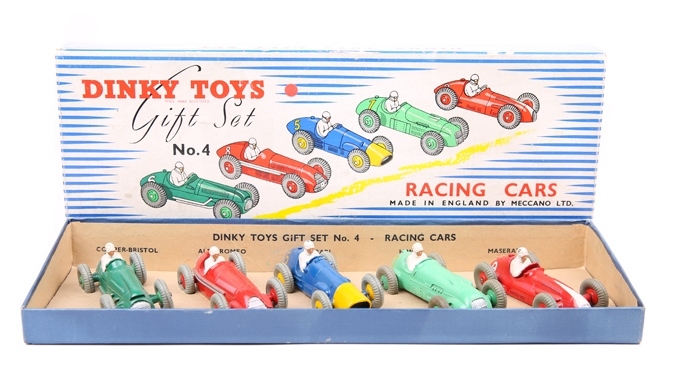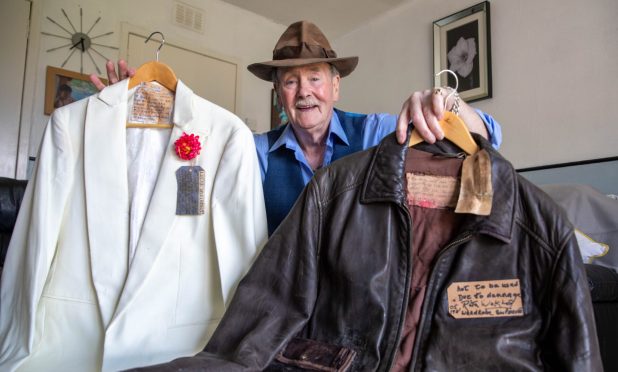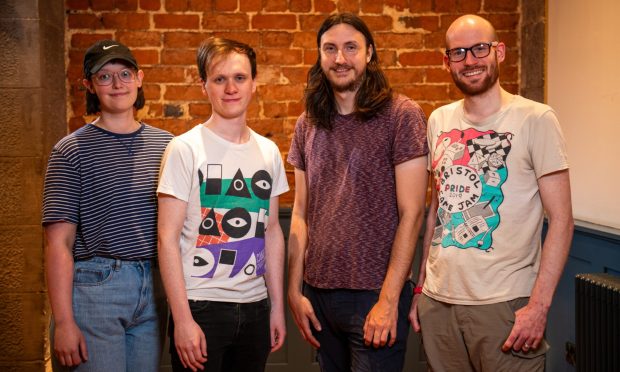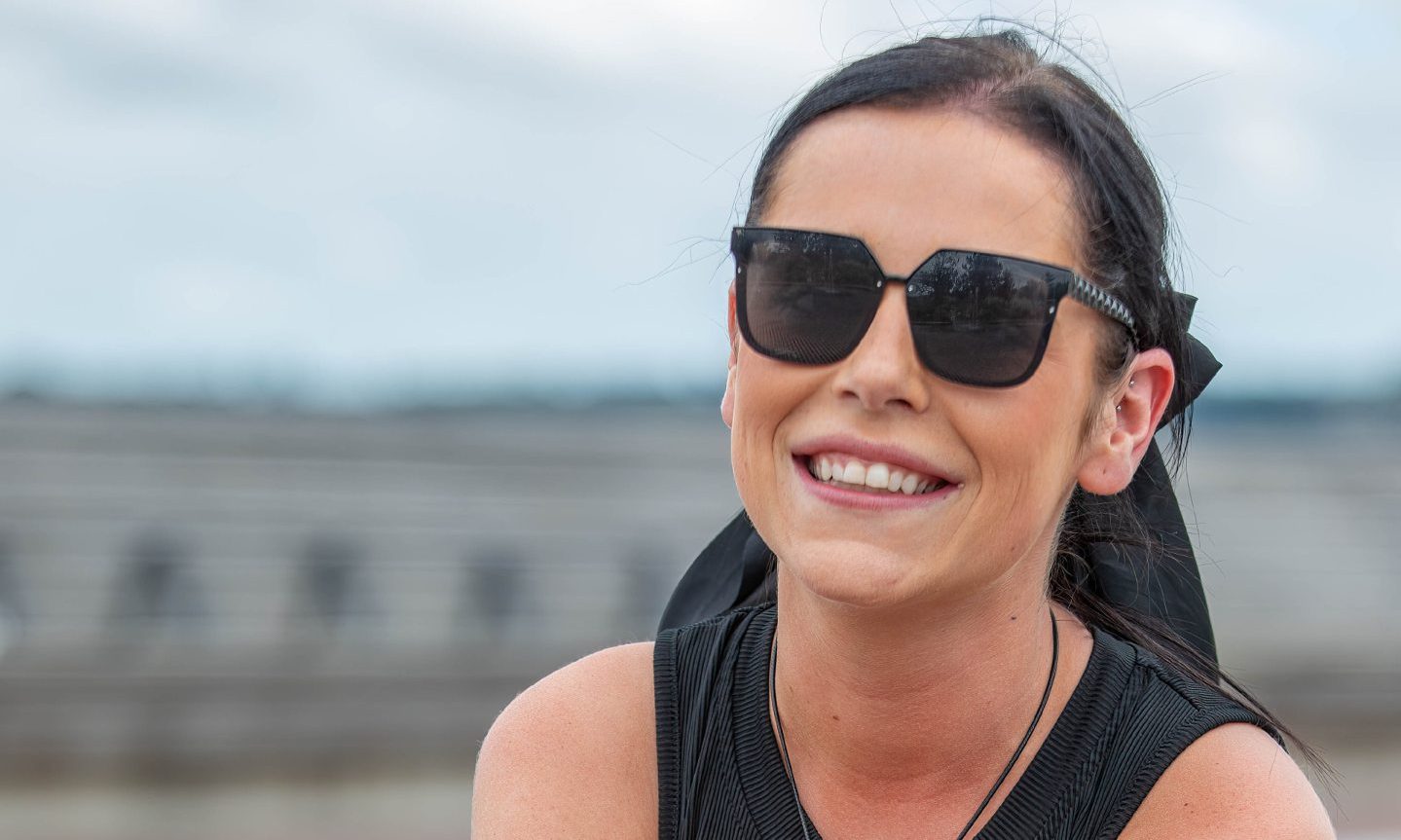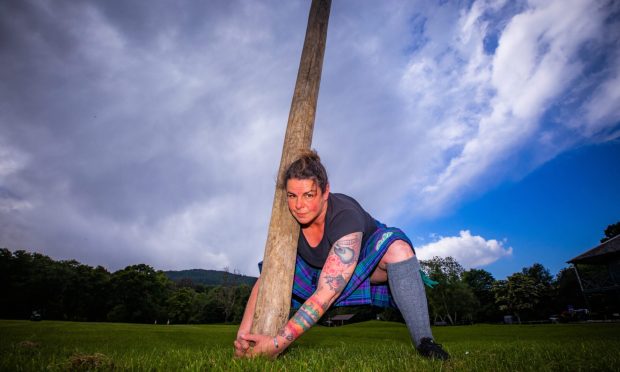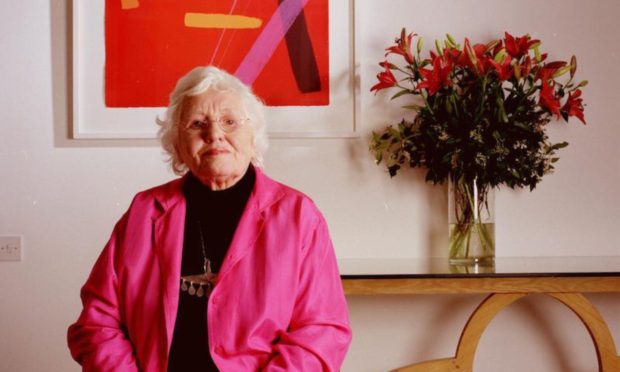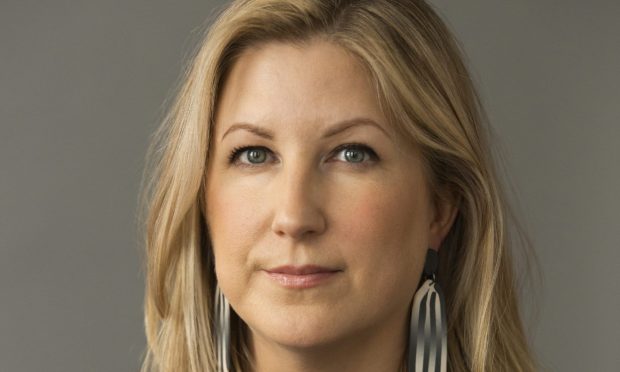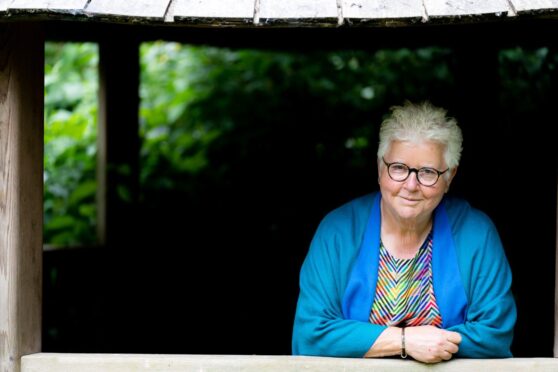MY OLD friend Hamish was already a great fan of veteran Dinky cars when this column sailed down the publishing slipway 25 years ago. So when I ran into him recently, a question rapidly on my lips was what had happened to his collection.
Silly me. Hamish is still at it and had just returned from a models fair at the Dewar’s Rinks in Perth. His latest acquisition – a smartly turned out commercial lorry – was ready to be parked alongside his miniature fleet of vehicles.
Which brought to mind the toy sale at Wallis & Wallis on July 5 and Dinky Toys Gift Set No 4 – Racing Cars. This five-piece set of Grand Prix cars once took the honours in my own household – though with two older brothers in the pecking order, precious little of it made its way down to the baby of the family.
Dinky Toys Gift Set No 4 Racing Cars comprised a Cooper-Bristol in green, an Alfa Romeo in red, a Ferrari in blue with yellow nose and wheels, an HWM in light green and a Maserati in red with white stripe.
The set, it its distinctive blue-striped box, was marketed c1954-1954. It was made in England by Meccano Ltd and cost 12/6d (including Purchase Tax!) – or around 62p.
I distinctly remember pulling the rubber wheels off the Ferrari and putting them into the mincer, which was clamped to the kitchen table. Happy days!
Dinky toys were the brainchild of miniature train maker Frank Hornby, who wanted to add realism to his train sets, and they were first produced in Liverpool in 1934.
Many of the early models were supplied to shops in box sets. Shopkeepers often opened the boxes to sell the toys individually, with the person buying the last one going home with the box!
Around 1000 different individual models were created by Dinky. I think the auction record is still held by a pre-war truck emblazoned with the name of a 1930s’ London cycle shop which made £19,975 in 2004.
In its original display box with printed inner card, the Wallis & Wallis set raced away in grand style to take £1750.
